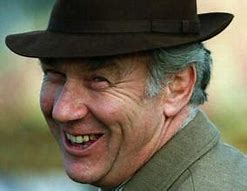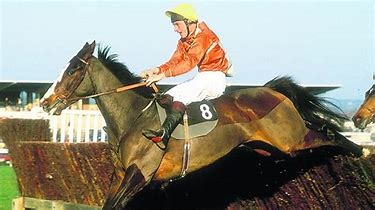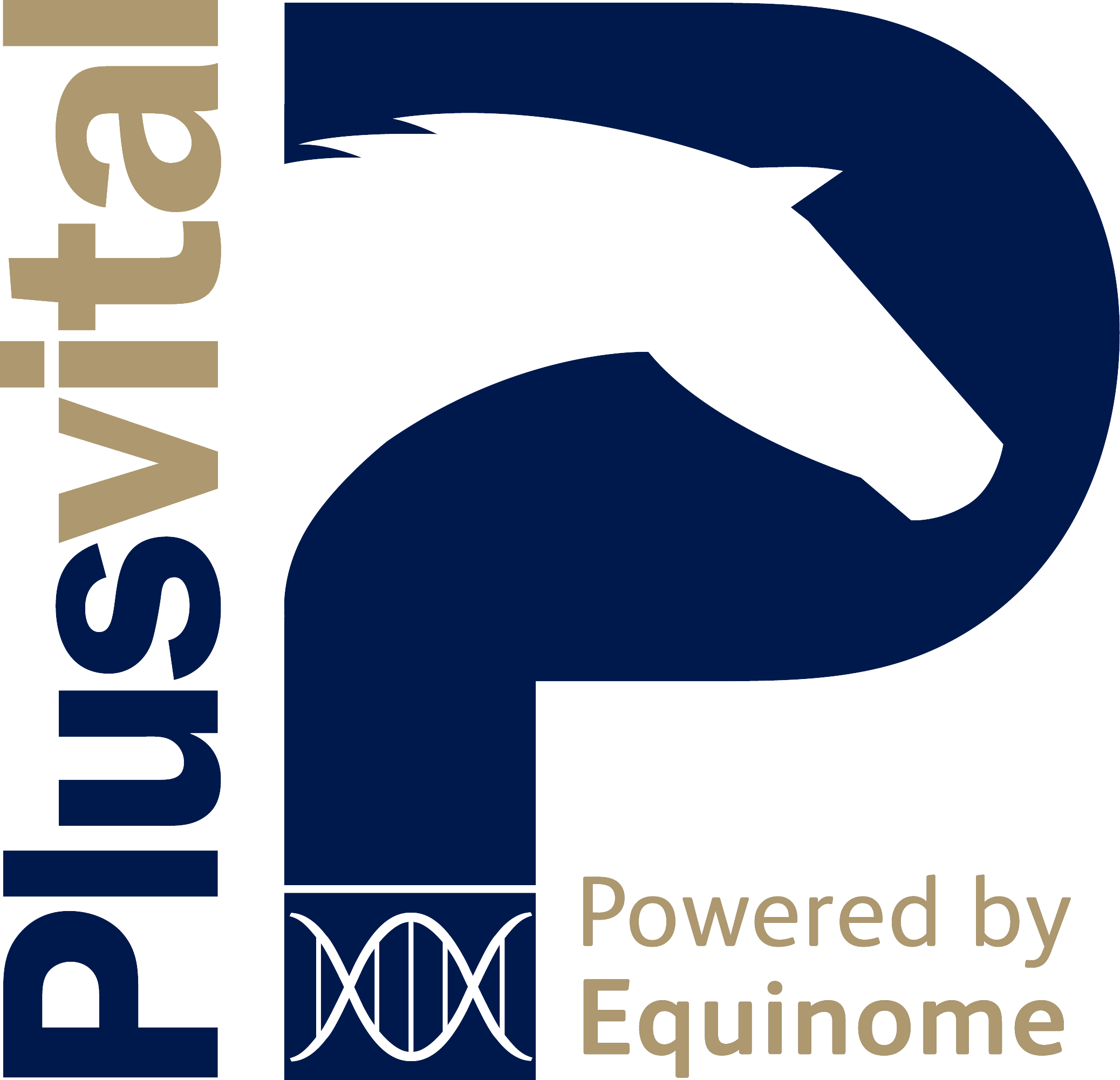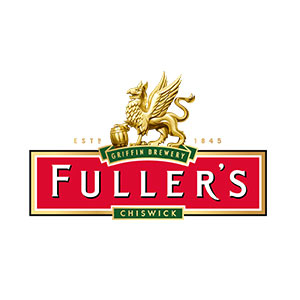New Zealand, a country better known among sports fans for its rugby and cricket, has a thriving racing sector too. The “land of the long white cloud” – a translation of the Maori title for Aotearoa, reflects the country’s temperate climate, where the greenery is very conducive to breeding top-flight race and sport horses.
Jump racing is growing in popularity in New Zealand, a country that more than rivals Ireland for density of racecourses per head pf population. These wonderful Pacific islands host no less than 52 racecourses for its 4.8m inhabitants, Ireland a mere 26! There are around 100 National Hunt races each season, which runs from May to the end of September at 15 of these courses, so whilst the ongoing popularity of the sport is not in question, its profile compared to the strong international Flat racing programme in Australasia and the Pacific is modest.
Despite this, New Zealand-bred chasers are well-recognized the world over. Forty years ago, West Country trainer David Barons cornered a market in inexpensive NZ-bred horses, the most famous of which was Playschool, winner of the 1987 Hennessy at Newbury under no less a rider than Paul Nicholls, and a Welsh National too. Barons died in New Zealand in February 2018, where he’d retired to farm and continue the import of New Zealand horses to the UK. Inevitably, more horses are bred for the flat code than for staying races, but bloodstock agents seeking the next unexploited market for jumping stock could do worse than investigate a country whose temperate climate, ample rainfall, rich soil and lush pasture has much in common with Ireland or the blue grass of Kentucky.


David Barons, Playschool and a youthful Paul Nicholls at the 1987 Newbury Hennessy (now Ladbroke Trophy)
If there were ever a country where racing and fashion were joined at the hip, New Zealand would have to rank highest. Whilst there’s naturally a strong following for racing as a competitive sport (and we do know that New Zealanders like their sport don’t we), the social aspects of racing feature very strong in a country where on the coast at least (where most of the racecourses are situated), the temperature is unlikely to drop below 10C.
Highlights in the racing calendar include the $125,000 Great Northern Steeplechase & Great Northern Hurdle, at Ellerslie Park in Auckland each September, and of course, New Zealand’s own take on the Grand National, part of a 3 day festival featuring mixed cards in the first week of August at Riccarton Park, Christchurch. The New Zealand Racing Board (NZRB) has recently invested in prize money to grow its Jumps programme, which is encouraging for the sport’s long term future.
The Great Northern Steeplechase merits a closer look. Dating back to 1885, it runs over nearly 4m and 25 fences for a prize of NZ$125,000, £60,000 at today’s exchange rates. It’s a race where previous winners have been able to stamp their authority more than once, but even so, multiple winners have been few on the ground. The most recent winner is Wise Men Say, who holds the dubious record of the slowest ever time for the race at 9:31.50, but was nevertheless a stakes winner already in the Wellington Steeplechase, another of the season’s major races. Even so, this blows the socks off the remarkable 14:53 recorded at Aintree for the slowest ever National over ½ mile further in 1839!
Yet, as is so often the case with racing, discovering a little know country course can provide as much pleasure as attending the must-have bucket list events. The Wanganui races at Dunedin is one such example, illustrating its rich heritage as the oldest club in New Zealand racing, stretching back to 1848, but the attraction for a visitor is unearthing a virtually unknown venue where a foreign voice hasn’t been heard since Bert’s Aunt Dorothy came over from the UK in 1938! Another place to visit is Te Aroha Racecourse on the South Island, with a truly rural outlook, about 30 miles from Hamilton. In a country with a less developed racing infrastructure, fixtures are run and owned by race clubs, some of which are little more than British Point-to-Point committees. The integration of smaller clubs into the professional mainstream is an idea that would bear scrutiny up here in the Northern Hemisphere.


One over-riding attraction to racing in New Zealand is an almost universal free admission. For racing spectators in the UK and Ireland, where admission even to a Point-to-Point can be £15, this is nothing short of a revelation. There are admission fees for larger festival meetings, but never excessive.







